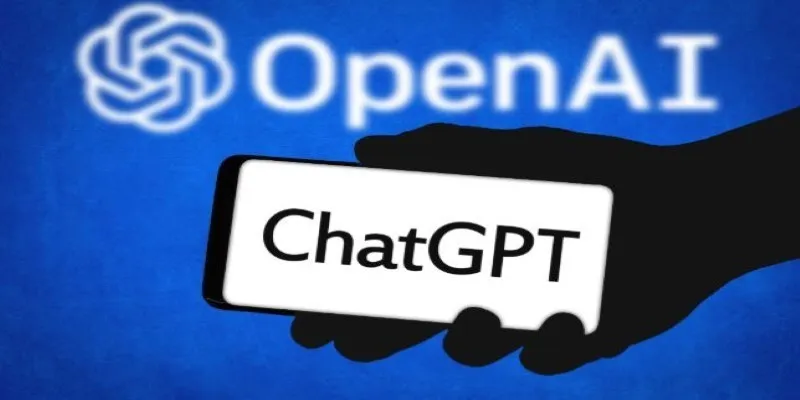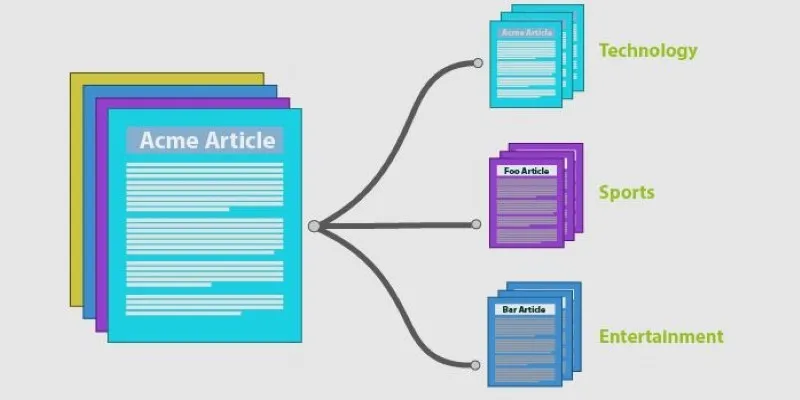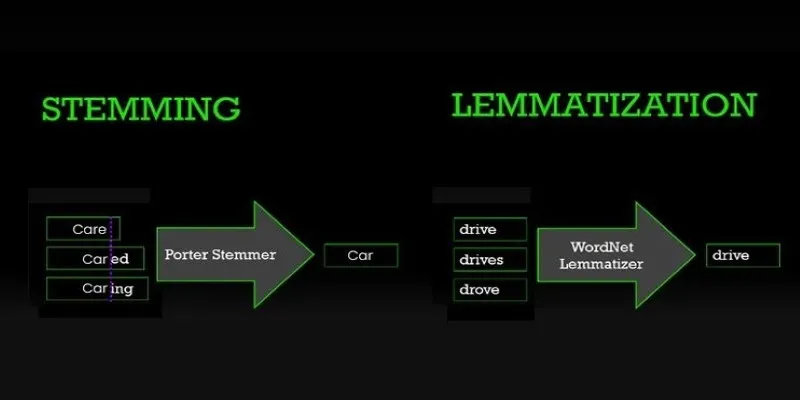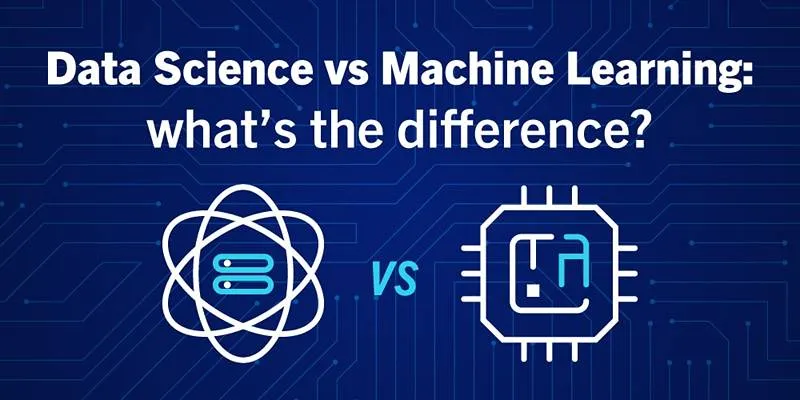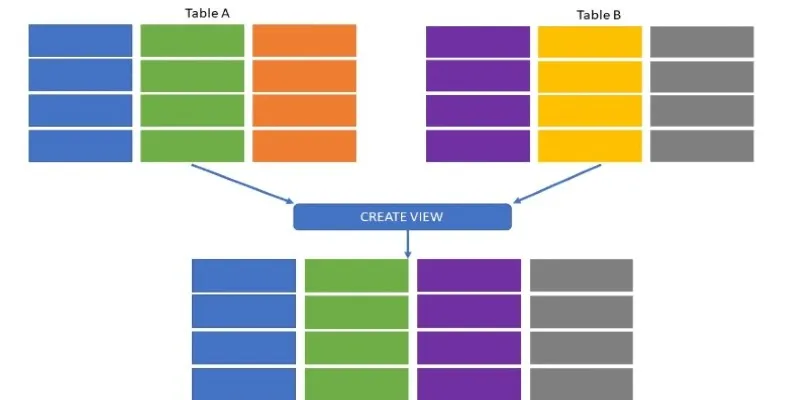In today’s fast-paced digital world, where information is abundant and attention spans are dwindling, the ability to quickly grasp essential details is crucial. This is where automated text summarization becomes invaluable, enabling the extraction of key information from any content within seconds. One of the standout tools for this purpose is the Sumy Library—a lightweight Python tool that streamlines the summarization process efficiently.
Sumy is not just for academics or data scientists; it’s for anyone needing to process text swiftly without losing its essence. Whether summarizing articles, reports, or emails, Sumy provides speed, clarity, and flexibility. This article delves into how Sumy operates and why it is a smart choice for text summarization.
Understanding the Sumy Library and Its Approach to Summarization
The Sumy Library is a notable addition to the Python ecosystem, perfect for anyone seeking an easy, direct method for automated text summarization. It’s lightweight and practical, requiring no deep dives into machine learning to get started. There’s no need to configure large models or depend on cloud services. With Sumy, the process is straightforward: install the package, input your text, choose your summarization method, and receive your summary.
What distinguishes Sumy is its array of built-in summarization algorithms, each designed to analyze content from unique perspectives. Some focus on statistical features like word frequency and sentence length, while others consider semantics and sentence structure. This flexibility caters to various project needs. The best part? Switching between these algorithms involves just a single line of code, making Sumy a powerful and adaptable tool for everything from research aids to automated content processing.
Sumy offers versatile summarization methods: Luhn emphasizes word frequency, LSA uncovers relationships between concepts, and TextRank employs a graph- based ranking similar to PageRank. Each method effectively serves different content types, providing meaningful choices and powerful summarization without the complexity of setup or reliance on deep learning models.
Practical Implementation: How to Use Sumy in Real Projects
Getting started with Sumy is refreshingly straightforward. Begin by installing it via pip, then import the necessary modules into your Python script. Load your content—whether as a string, from a URL, or a file. Sumy even handles HTML and feeds if needed. Once the content is loaded, select your summarizer and specify the number of sentences for the summary.
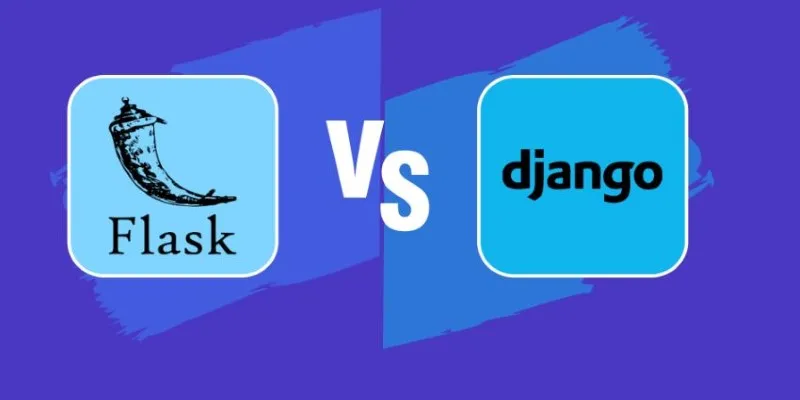
Let’s explore a practical application: Suppose you have a lengthy article to summarize for a newsletter. You can use the LexRank or TextRank algorithm with Sumy to extract the top five sentences that encapsulate the article. This automated process saves time and typically captures 80-90% of the article’s essence.
Another practical use is in academic research. If you’re reviewing papers and need quick insights, Sumy can summarize abstracts, introductions, or conclusions. The ability to switch between different algorithms allows experimentation to find the most meaningful output for your domain.
Sumy is also ideal for backend automation. Integrate it into a Django or Flask app, build a simple REST API, and automate text summarization for blog submissions or news crawlers. If you’re developing a Chrome extension or productivity tool, Sumy can power a “Summarize this page” feature with minimal configuration.
Notably, Sumy operates efficiently without heavy dependencies, external machine learning models, or GPUs. It’s suitable for startups, solo developers, and educational settings where students are exploring Natural Language Processing (NLP) for the first time.
Strengths, Limitations, and Best Use Cases
Like any tool, Sumy has its strengths and limitations. A significant advantage is its ability to deliver useful summaries without needing training data. It’s rule-based, functioning right out of the box. This also makes it deterministic—providing consistent results with the same input and algorithm, a valuable trait in many real-world applications.

However, because Sumy is not based on neural networks or deep learning, it may sometimes miss nuanced meanings, emotional tones, or contextual subtleties. While excellent for factual summarization, it may not perform as well with interpretive or emotionally driven content. For poetry, stories, or informal dialogue, Sumy might not suffice. However, it excels in formal reports, structured articles, and academic content.
Another consideration is that Sumy only supports extractive summarization, selecting actual sentences from the text rather than rephrasing. This can lead to summaries that may sound abrupt or lack transitions, especially with long texts. However, for users prioritizing clarity over narrative flow, this is more a strength than a drawback.
Best use cases include summarizing news articles, academic content, product documentation, technical manuals, and formal reports. Sumy proves its value wherever dense information needs distillation. Developers can integrate it into chatbots, browser plugins, data analytics dashboards, or educational tools. Content creators and marketers can also use Sumy to quickly condense competitor blogs or white papers for faster understanding.
Due to its rule-based approach, Sumy pairs well with other tools. Use Sumy as a first-pass summarizer and refine the output using GPT or other generative models. This hybrid approach balances accuracy, speed, and fluency.
Conclusion
Automated text summarization with Sumy Library provides a practical, hassle- free solution for condensing large text blocks. Its support for multiple summarization algorithms and straightforward integration makes it accessible to developers, researchers, and content professionals alike. While it may not capture the nuances of deep learning models, it excels in clarity, speed, and ease of use. For anyone looking to streamline information without losing essential meaning, Sumy is a reliable and efficient choice.
 zfn9
zfn9

